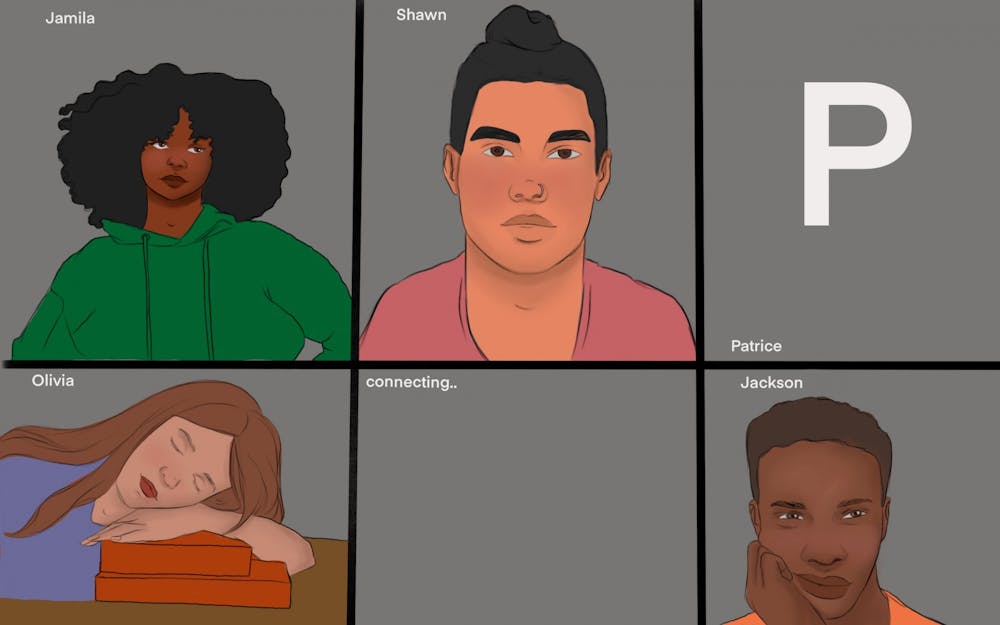IU introduced different modes for classes before this academic year started due to the COVID-19 pandemic. The three modes are in-person instruction, hybrid classes and completely online classes.
One type of online class is asynchronous, in which students have no live meeting times. Asynchronous classes require students to access online materials and learn through prerecorded lectures, videos and online discussions.
IU offered asynchronous classes before the pandemic through IU Online, but now they are more prevalent because 60-70% of IU’s teaching is online this year. Daniel Hickey, an expert on online learning in IU’s Center for Research on Learning and Technology, said IU will cut back online teaching once the pandemic is over, but IU Online will continue to use asynchronous teaching after the pandemic because it is part of the program’s normal teaching structure.
Hybrid classes involve a mix of in-person and online classes. Online classes can be synchronous or asynchronous. Synchronous classes meet online at scheduled times.
[Related: IU experts offer mental health tips for the semester]
Hickey said IU uses asynchronous classes because they can provide flexibility for students during the pandemic. He said they create an easier environment for students to participate without feeling pressured to speak up in class.
Some professors use collaborative programs in which students are free to participate when they want. These programs include Perusall and Hypothes.is, where students can log on to read the same text and comment on it together.
Hickey says he believes a well-designed asynchronous course can be better than a synchronous course.
“The trick is to create what the media scholar Henry Jenkins called ‘a participatory culture’ where students are not forced to contribute when they don’t feel like they have something to say, but know that their contribution will be valued when they do,” Hickey said.
[Related: OPINION: Success in online, hybrid classes will increase job opportunities after COVID-19]
Some students enjoy taking asynchronous classes, but some find them stressful.
Freshman Maya Wasserman is enrolled in three asynchronous classes and said it’s hard for her to keep track of work the professors are assigning.
“The main problem is that my professors post things weekly so I have to update my entire weekend schedule depending on how much work there is for that next week,” Wasserman said.
Unlike Wasserman, freshman Courtney King said she enjoys taking asynchronous classes. King said all her fall semester classes were asynchronous, and they went well for her because she could do the work on her own time.
“I knew when I needed to have things turned in so I could work on stuff whenever I wanted and not have to worry about waking up on time,” King said. “I also feel like it held me accountable and I didn’t procrastinate as much as I used to.”




